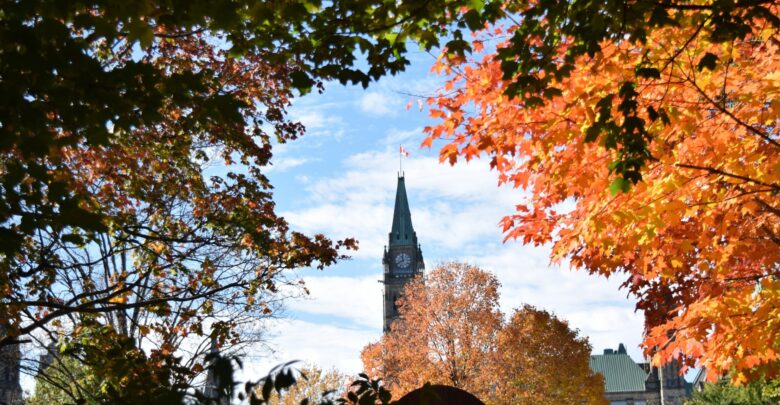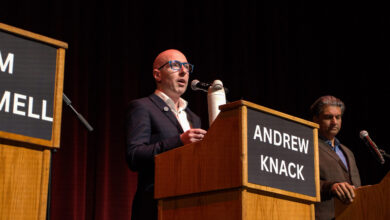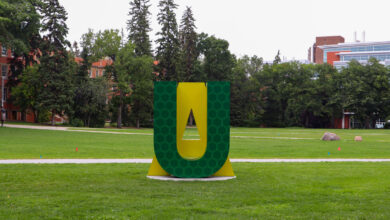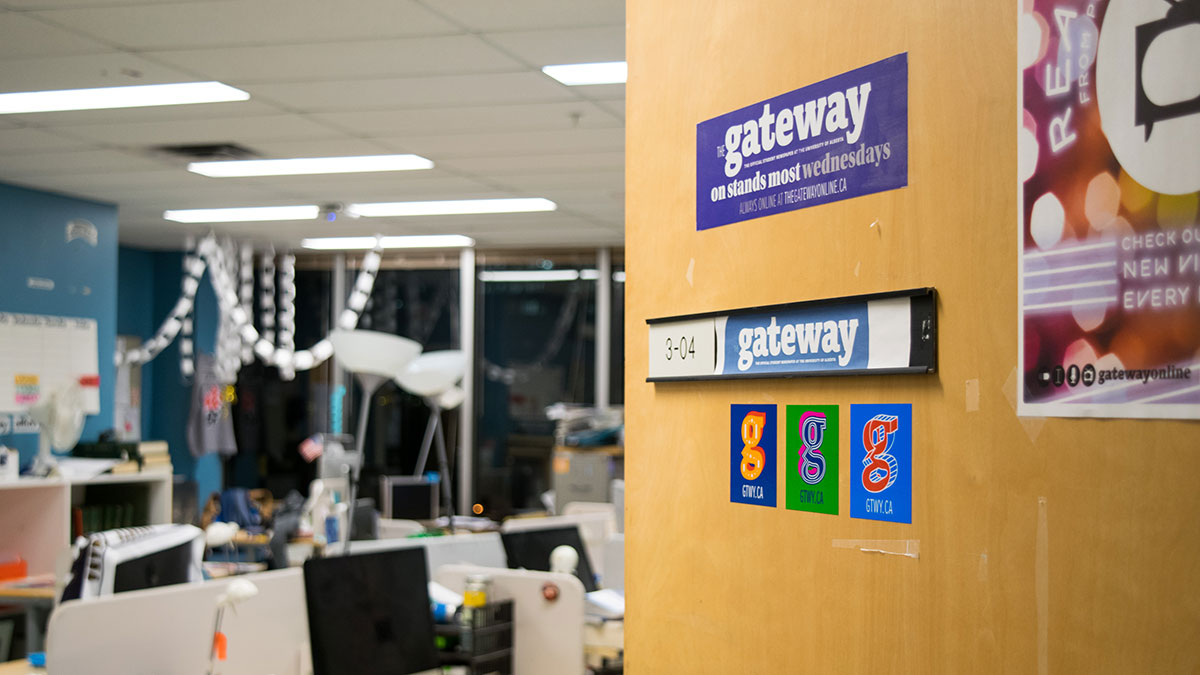 Kishore Uthamaraj
Kishore UthamarajThe Liberal Party leadership race is heating up, with candidates ranging from a globe-trotting economist to a divisive backbencher. It’s starting to feel less like a political contest and more like a reality TV show — “Canada’s Next Top Leader.”
The Liberal Party of Canada is at a defining moment as it begins the process of selecting a new leader to replace Prime Minister Justin Trudeau. Key figures like Anita Anand, minister of transport and internal trade, and François-Philippe Champagne, minister of innovation, science, and industry, have opted out of the race. Now, the spotlight falls on a smaller group of contenders who will shape the party’s future direction. Among them, Mark Carney, Chrystia Freeland, and Karina Gould have emerged as prominent names. Each candidate offers distinct visions for leadership — and each faces unique challenges.
Carney’s candidacy is particularly compelling. As a former governor of the Bank of Canada and the Bank of England, Carney brings unparalleled economic expertise and a global perspective to the race. His leadership during the 2008 financial crisis showcased his ability to steer through turbulence. Furthermore, his work on climate finance underscores his commitment to tackling one of the most pressing issues of our time. Carney’s platform focuses on affordability, housing, and climate action. This presents him as a candidate equipped to address the concerns of Canadians struggling with rising costs and economic uncertainty. His emphasis on substantive solutions rather than political theatrics could attract voters seeking competence over charisma.
However, Carney’s lack of political experience is a significant hurdle. His expertise is unquestionable, but he has yet to prove his ability to connect with voters on the ground. This is a critical skill for any party leader. A poll by Abacus published on January 9 revealed that only 24 per cent of Canadians could identify him. This highlights his uphill battle in building public recognition and trust. Despite these challenges, Carney’s candidacy represents an opportunity for the Liberal Party to present itself as a party of ideas and solutions. With this kind of shift, it could appeal to voters who prioritize stability and pragmatism.
Freeland entered the Liberal leadership race with significant political experience, having served as deputy prime minister and finance minister. She played key roles in major policy decisions, including the North America Free Trade Agreement (NAFTA) renegotiation and sanctions against Russia. However, her close association with Trudeau’s government could be both an asset and a liability. While her experience demonstrates strong leadership, it also ties her to the challenges and declining popularity of the current administration. Her resignation in late 2024 signalled a break from Trudeau but also revealed internal party divisions.
Freeland faces strong competition, particularly from Carney, whose economic credentials and outsider status may appeal to Liberals seeking renewal. Additionally, her campaign has been targeted by a China-linked disinformation effort, highlighting both her prominence and the geopolitical tensions surrounding her candidacy. To secure the leadership, Freeland must convince party members she is a fresh yet experienced option capable of revitalizing the Liberals ahead of the next election.
Current Member of Parliament (MP) Karina Gould, a prominent contender in the leadership race, has positioned herself as a vocal critic of the party’s process. Gould has been vocal about the challenges within the leadership race, particularly concerning the party’s fundraising requirements. She criticized the “extremely aggressive fundraising deadline,” suggesting it was an effort to deter potential candidates. Despite these hurdles, Gould successfully raised the necessary $125,000 before the February 7, 2025, deadline, securing her position in the leadership contest.
As the leadership race progresses, Gould has emphasized the need for the Liberal Party to reconnect with Canadians, especially in the aftermath of the COVID-19 pandemic. She advocates for a comprehensive review of the carbon tax policy. This aims to balance environmental responsibilities with economic considerations for families and businesses. Gould also proposes economic measures like temporarily reducing the Goods and Services Tax (GST) to four per cent for one year. Moreover, she wants to increase the corporate tax rate from 15 per cent to 17 per cent for companies with profits exceeding $500 million.
As the leadership vote approaches on March 9, 2025, the stakes for the Liberal Party could not be higher. This race is not merely about choosing a leader. It’s about charting a path forward for a party that has been in power for nearly a decade, yet finds itself at risk of losing relevance. The decision before Liberal members is clear. They can opt for a leader like Carney, who offers a vision of substantive, policy-driven leadership. They can choose Freeland for experienced, internationally respected leadership with continuity. Or, they can pick Gould for a younger, progressive voice focused on social policy and democratic reform. This choice will not only shape the party’s direction but also determine its ability to rebuild trust with voters seeking both stability and bold change.




